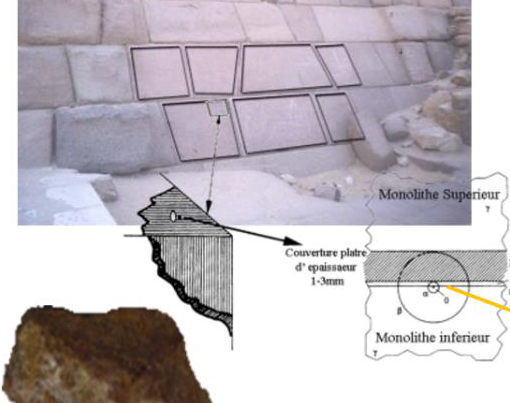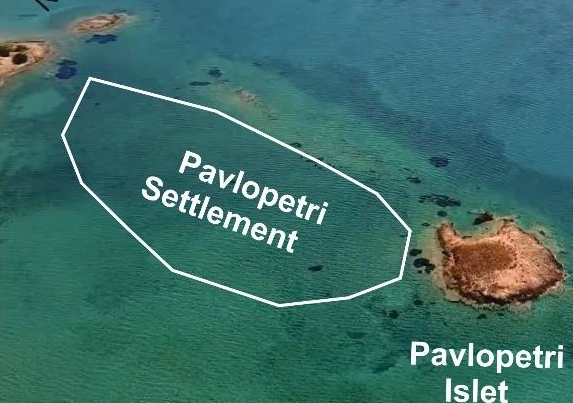by Xavier Rouard
ABSTRACT
This interdisciplinary study allowed me to establish, on the basis of linguistic, genetic, archaeological, histor-ical and religious data, that linguistic concordances between Gaulish and Slavic were linked with Neolithic migrations from North-Western India and Pakistan to Iran, Mesopotamia, Anatolia, the Caucasus, the North of the Black Sea, Danubic and Balkan Europe, Gaul and Iberia, where Neolithic farmers contributed to the formation of the megalithic civilisation which developed in Gaul from 5.000 BC and brought an archaic lan-guage stemming from a Trans-Eurasian original language. This explains the linguistic concordances I estab-lished between Gaulish and Dravidian languages – 250 common words from the 500 words I studied (and 160 with Burushaski), as well as with Altaic, Uralic, Kartvelian, Anatolian and Middle-Eastern languages. This also explains similarities I have found in the organisation of the Society and religion, which lead certain re-searchers to suggest, on the basis of the spread of the very ancient haplogroup H2 P-96 from India to Western Europe, that first Europeans and proto-Dravidians had a very ancient common origin, as the macrohaplog-roup F and the haplogroup H could appear in India. Cette étude interdisciplinaire m’a permis de démontrer, sur la base de données linguistiques, génétiques, ar-chéologiques, historiques et religieuses, que les correspondances linguistiques entre le gaulois et le slave étaient liées à des migrations Néolithiques d’Inde et du Pakistan du Nord-Ouest vers l’Iran, la Mésopotamie, l’Anatolie, le Caucase, le Nord de la Mer Noire, l’Europe danubienne et balkanique, la Gaule et l’Ibérie, où les agriculteurs néolithiques ont contribué à former la civilisation mégalithique qui s’est développée en Gaule à partir de -5.000 et apporté une langue archaïque issue d’une langue originelle trans-eurasienne. Cela explique les correspondances linguistiques que j’ai établies entre le gaulois et les langues dravidiennes – 250 mots com-muns sur les 500 mots étudiés (et 160 avec le bourouchaski), ainsi qu’avec les langues altaïques, ouraliennes, karvéliennes, anatoliennes et moyen-orientales. Cela explique aussi les similitudes constatées dans l’organisa-tion de la société et la religion, qui amènent certains chercheurs à suggérer, sur la base de la diffusion du très ancien haplogroupe H2 P-96 de l’Inde à l’Europe de l’Ouest, que les premiers Européens et les proto-Dravi-diens avaient une origine commune très ancienne, le macrohaplogroupe F et l’haplogroupe H ayant pu appa-raitre en Inde.
![]()



